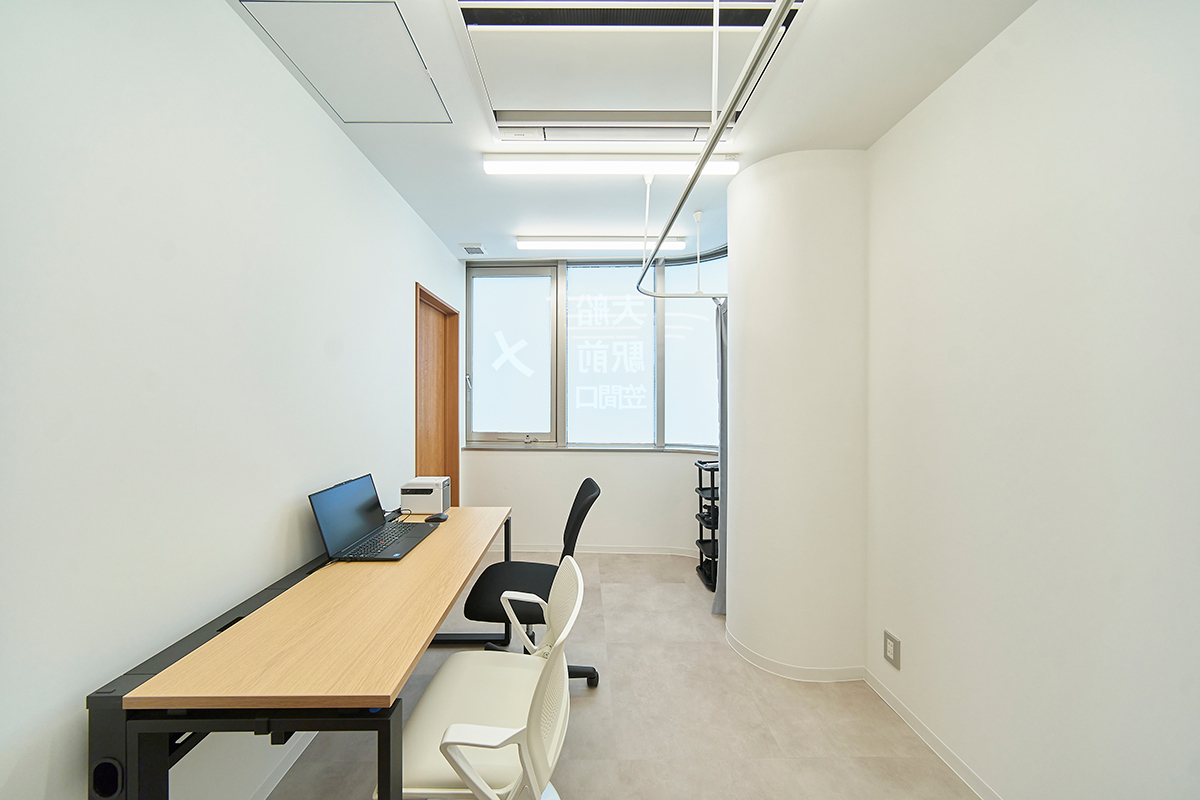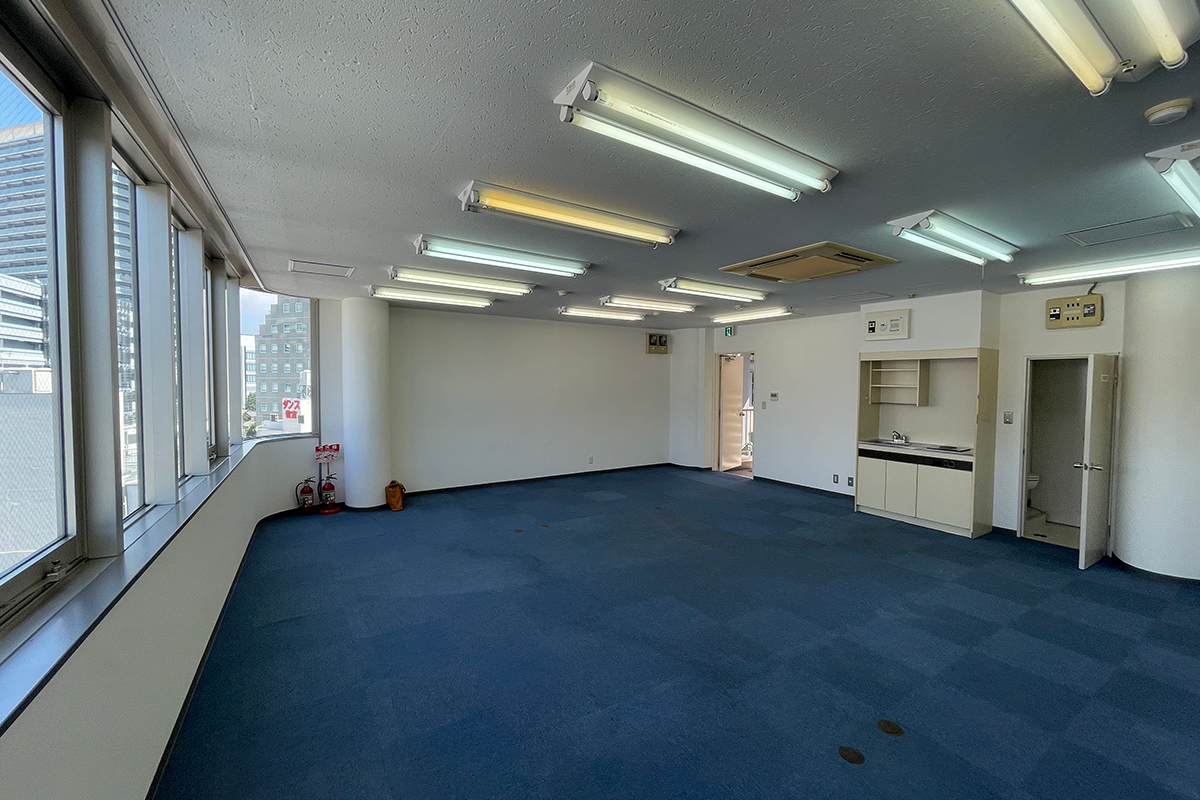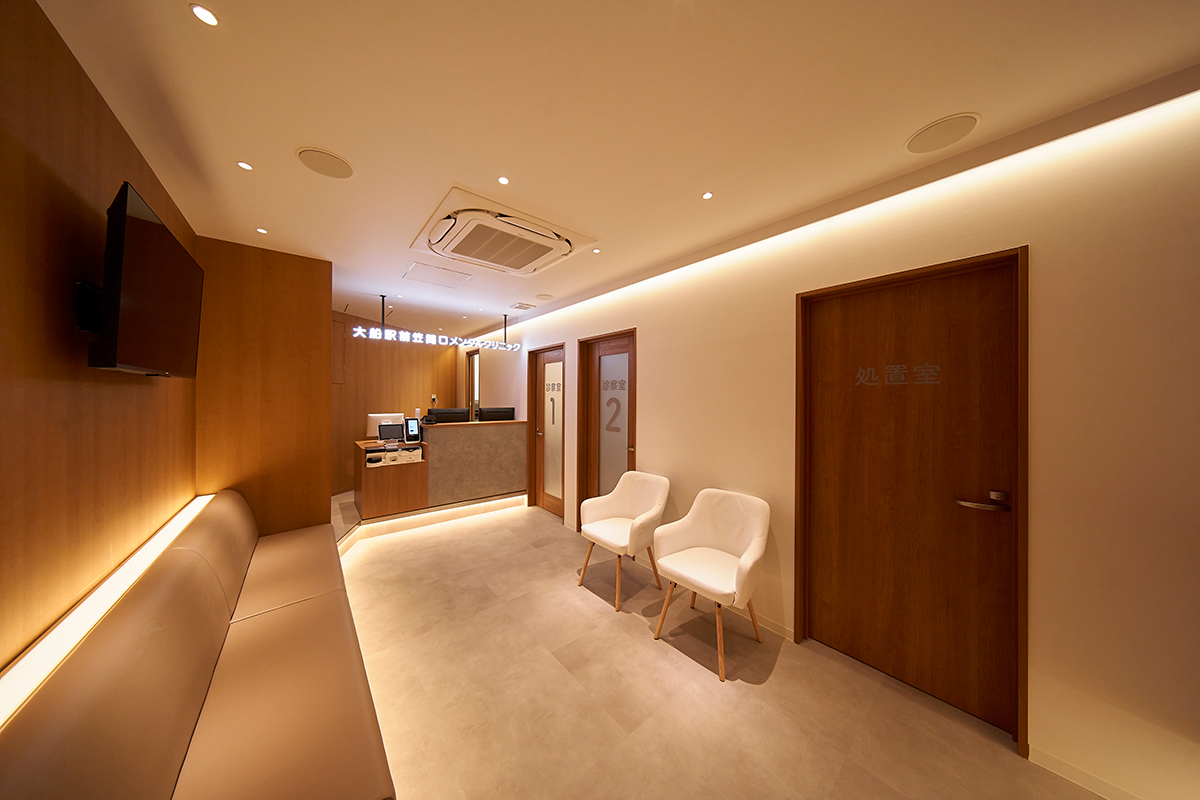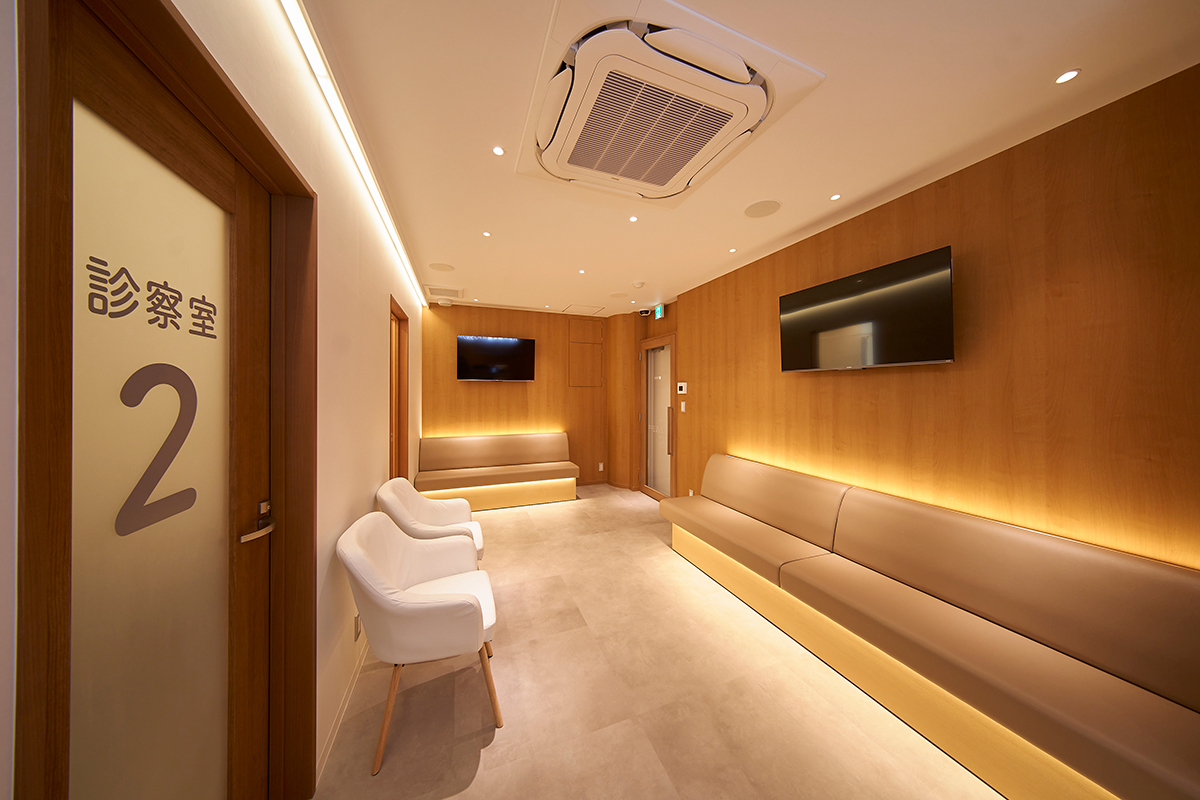The company is reconstructing a space once used as an office into a mental clinic where people can face themselves with deep peace of mind. This was not just a functional change, but a design act that fundamentally reexamined the meaning of space.
Efficiency and functionality may have been what was required of the office. However, what mental clinics need is the opposite, “softness” and “gentleness.”
In this project, we aimed to reduce the anxiety of those receiving mental care, and to create a design in which the mind would be naturally calm.
First, the quality of light was important in the overall space. The ceilings and walls of the building use a lot of indirect lighting to avoid direct glare, while the light reflects softly and creates a feeling of being wrapped around the entire space. This “seeping light” is gentle to the eyes and reaches the heart calmly.
We put our intention into each lighting arrangement, and the contrast between light and shadow obscures the outline of the space, so that you can feel the “margin” rather than the feeling of blockage.
In addition, the examination room is designed so that natural light can enter gently. Not only do we have windows, but we also have openings where the patient’s gaze can go out, so that the light and scenery from outside can blend into the room.
Even in a corner in front of the station, being able to feel the flow of time and the change in the weather can be much more healing than you think. To feel time with light. This is another role of space in mental care.
Throughout, we cut down on decorative elements and carefully selected details and materials. By making use of the gentle texture of natural materials and maintaining the aesthetic of tranquility without relying on excessive production, we imbued the space with the invisible value of tranquility.
Although this mental clinic is a medical institution, it is not just a place of treatment. We designed this space with the thought that it would be a place where all visitors can feel at ease.






